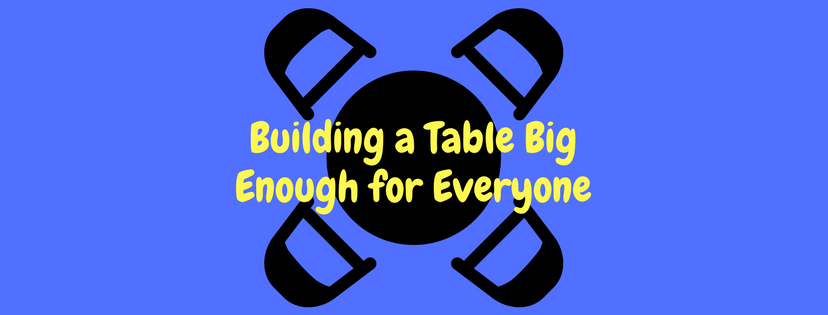
This guest blog is by Meghan Ruble, Engagement Strategist at Bang the Table.
 I recently attended a conference where a group presented their community engagement efforts around the merging of two school districts. Whenever changes to schools are proposed, emotional, social, personal and societal dynamics come into play – rarely is it an easy conversation.
I recently attended a conference where a group presented their community engagement efforts around the merging of two school districts. Whenever changes to schools are proposed, emotional, social, personal and societal dynamics come into play – rarely is it an easy conversation.
The school district served 20,000 constituents, 4,000 of them students, speaking more than 46 languages. The district did many things right during their campaign, including hosting community events, incorporating ideas and feedback from students and district staff, offering stipends for participation, and exploring the feedback they received.
At the end of their presentation, however, the district acknowledged that they didn’t have a representative sample of their public participating, nor any non-English speakers, and would have to do better during their next project.
When public agencies only host opportunities to engage in-person, they are missing out on the valuable input of their residents who work multiple jobs, have transportation access issues and may not be comfortable with public speaking.
There are also those who need more time than the traditional hour long meeting, to read and synthesize information. Successful engagement blends in-person and online opportunities so that the entirety of the community has every possible opportunity to participate.
 A recent study shows that 89% of Americans use the internet, so think of it as the living room of your next community engagement strategy.
A recent study shows that 89% of Americans use the internet, so think of it as the living room of your next community engagement strategy.
In addition to your digital space and presence at community events; include quick surveys at the front desk of your facilities, post signage throughout government buildings directing residents to the online engagement space, place calls to action on your city’s website and in its newsletters, and run social media campaigns pointing the public to your official engagement space.
If you have large non-English speaking populations in your community, in-person opportunities should include bilingual materials. Signs in different languages inviting participation can go a long way in making traditionally underheard populations feel invited and welcome at the table.
They’ll then be able to use their preferred translation software to comment on their own terms when visiting your online engagement space. Access for individuals with disabilities should be prioritized, and in some cases is the law. To ensure you’re covered, look to WCAG 2.0 AA standards when planning your next online engagement project.
If you need a mission statement to return to again and again when planning your next engagement strategy, try,
“We are committed to a conversation with everyone and are willing to do what it takes to meet our community where they reside — regardless of age, ability, location, education level, socioeconomic status, race, ethnicity, nationality or gender identity.”
As you consider this, gather your coworkers and facilitate some empathy exercises – you will inevitably brainstorm more ideas or avenues through which to get the invitation out to connect.
Even with a great blend of in-person and online strategies, transparency is vital to building public trust and facilitating good decision-making. Every person in your community should have the opportunity to read either a full or synthesized report of citizen feedback, before any decisions are made.
Transparency means closing the feedback loop over and over again so the public is aware of every step of what often can become a lengthy engagement process.
 As your communities grow and change, so must your strategies. Know that it’s okay to keep at the traditional methods, including posted notices, press releases and public meetings, but make 2018 the year your team commits to inclusivity and equity whenever, wherever and however possible.
As your communities grow and change, so must your strategies. Know that it’s okay to keep at the traditional methods, including posted notices, press releases and public meetings, but make 2018 the year your team commits to inclusivity and equity whenever, wherever and however possible.
Fostering equitable spaces for everyone in your community is a lifetime of work, so look at it as a journey that you, and your community take together.
Ask for help and feedback.
Be vulnerable.
Be flexible.
Be responsive.
Let’s get started!
